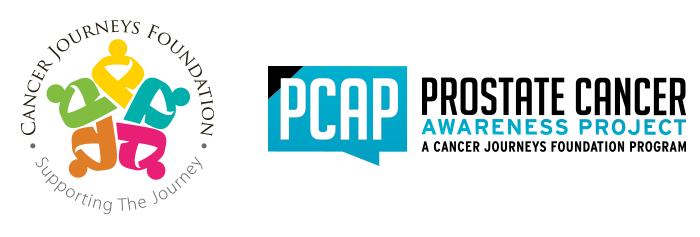Should I get a PSA Test or Not? There’s All This Controversy!
I get this question from men a lot when they learn that, among other things I do, I am a prostate cancer survivor and head the Prostate Cancer Awareness Project.
I’m not a physician, but it seems to me that the question of whether or not men should be tested for prostate cancer is one of the most controversial medical issues we face today. Every prostate cancer survivor has his own story, but I would not be here today had my urologist not given me PSA and Free PSA tests. So, I’m a clear proponent.
For some reason, women are much more practical about breast cancer. They know that there are about 230,000 new cases of breast cancer every year – roughly the same as the number of new prostate cancer cases, and that about 40,000 die each year from breast cancer. Prostate cancer is almost the mirror image of breast cancer, with 241,000 new prostate cancer cases each year and 29,000 dying from the disease.
So, Why is it that Half of the Medical Community Favors the PSA test and the other Half Opposes it?
I’m not a doctor or health care provider – only a 10-year prostate cancer survivor and student of prostate cancer – so I can’t answer the question from a medical perspective.
There are side effects to every prostate cancer treatment. The side effects that most men focus on are impotence and incontinence, and physicians cite these possible outcomes, resulting from over the “over diagnosis” of men with non-aggressive disease, as the reason for suggesting that men do not need to test.
Opponents of using the PSA test for screening purposes often use the “first, do no harm” phrase in the Hippocratic Oath. Interestingly, “First, do no harm.” is not part of the Hippocratic Oath. READ THE BACKGROUND HERE. According to this reference, the phrase likely comes from the Hippocratic writings Epidemics, and the quote really seems to be “. . . to do good or do no harm,” with “doing good” in first position.
I would argue that the good that comes from detecting prostate cancers early, when they are most treatable, far outweighs the cost of treatment side effects, especially since the real issue – the proverbial elephant in the room – is the inability of current science to reliably differentiate between indolent and aggressive prostate cancer.
So, What’s The Best Guidance Available on PSA Testing?
I was fortunate be able to attend the 2013 edition of the Genitourinary Cancers Symposium in Orlando, Florida last week. You can see the Tweets from the conference on Twitter by searching #GU2013.
The edition of the Journal of Clinical Oncology disseminated at the conference included an article discussing just this issue: Prostate Cancer Screening: Facts, Statistics, and Interpretation in Response to the US Preventative Services Task Force Review.
Here are the key findings from this articles:
- “The USPTF report contained a number of important errors of fact, interpretation, and statistics.”
- “The best trials that are available to date, which are currently still in progress, have demonstrated that screening can reduce prostate cancer death by 20 – 44%.” This means saving the lives of between 6,000 to 13,200 men every year!
But . . .
- “We consider it reasonable to recommend against the way that PSA screening and associated treatments are currently implemented in the US.”
CLICK THIS LINK TO READ THE FULL TEXT.
My Take on PSA Testing?
It saved my life, and I believe that all men should begin regular PSA testing, beginning at age 35. Men can – and should – create their free prostate cancer early detection tool today at http://ProstateTracker.org
The real issue is the steps men need to take once they are diagnosed with prostate cancer. This speaks to the article’s concern about the current PSA screening program and their suggestions about how PSA screening should be managed, and I’ll talk about that in my next post.
Warm regards to All,
Robert



